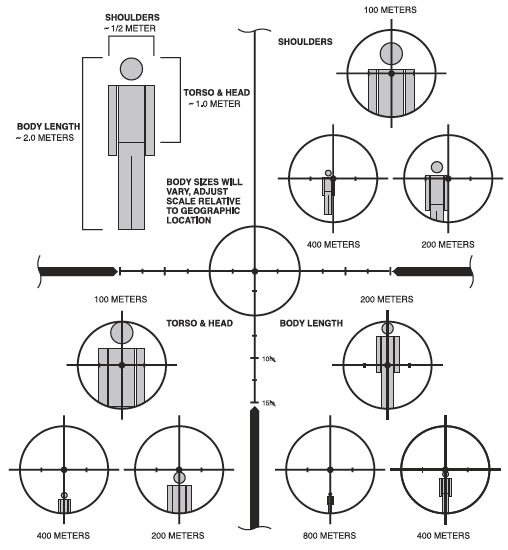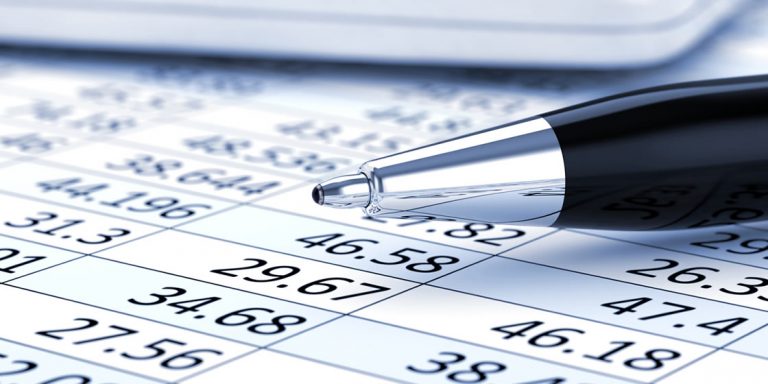After some rather uncharacteristically cold weather, things have stabilized into a more normal range of temperatures. Still cold, especially by the standards of people from states where “y’all” is considered good grammar, but tolerable.
Whether it’s sitting out a power outage from an ice storm, or you just happen to live in a hermit shack where the BTU’s come from whatever fuel you brought with you, staying warm is a priority in the winter. I live in a decent house with forced air heat from a gas furnace. Double whammy…in a power outage there’s no electricity for the blower (although the Honda EU2000 could be made to work in such a situation), or something may occur that disrupts the flow of natural gas (say, foreign hackers getting into the system that controls the distribution system.) Being me, I try to keep several options on hand. The most notable of which is the old standby – kerosene heaters. No fuel puts out as much heat as kerosene. And it’s remarkable stable and safe to handle. You could drop a match into a 5-gallon bucket of the stuff and…nothing.
I also keep one of those smaller Mr Buddy heaters around with a few dozen bottles of propane, as well as the 20# bottles out by the BBQ, but I find them not as efficient as the kerosene. Theyre nice if you want to justhear one small room, which is pretty much how to deal with a heat problem in a really bad situation…you retreat to one room and heat that room. but, I prefer the kerosene.
Of course, once its time for bed, you can crank the heat down considerably. Wool blankets are nice, but for keeping yourself comfortable warm when the temperature in the house is only a few degrees above freezing there is nothing that beats a big down comforter, and if you throw a heavy wool blanket on top of the comforter you’ve pretty much made yourself impervious to cold. Im one of those freaks that sleep better in a cold room and I often turn off the heat to the bedroom, shut the door, open a window, and sleep with my head right by the window when its below freezing.
The only reason a stunt like that works is because your bod has fuel to burn to keep your dumb butt warm. Going to bed hungry is a great way to not stay warm. Eat a good meal, go to sleep, stay warm.
Staying indoors, even in a house that is hovering in the low-50’s, is a far sight better than sitting out in the 5* weather. On the few occasions when we’ve lost power here in the winter I’ve managed to barely be inconvenienced…kerosene heaters and lanterns, along with judicious use of closed doors to isolate various rooms, kept me warm and my pipes unfrozen.
I mention this because, as I was straightening a few things up today I came across a stash of military wool blankets I forgot I had. Theyre not very attractive, and perhaps a tad scratchy, but I’ll take warm and slightly itchy over cold and frostbitten any day.
 Not bad, actually. When all done it was about 26.7% off.
Not bad, actually. When all done it was about 26.7% off.


